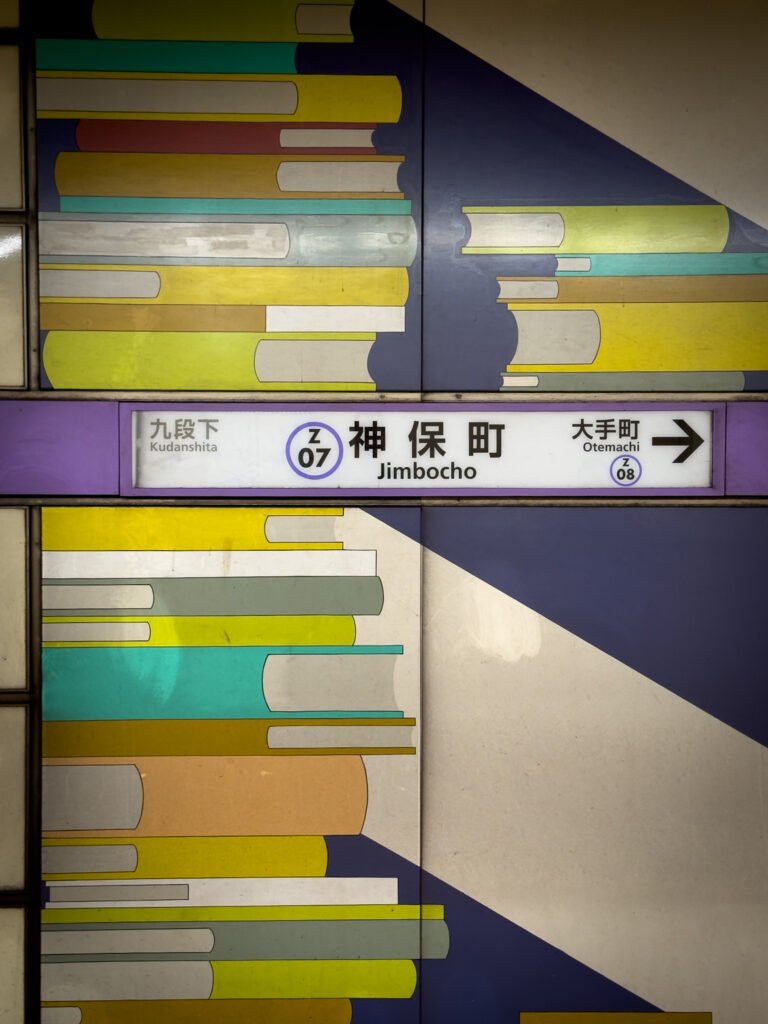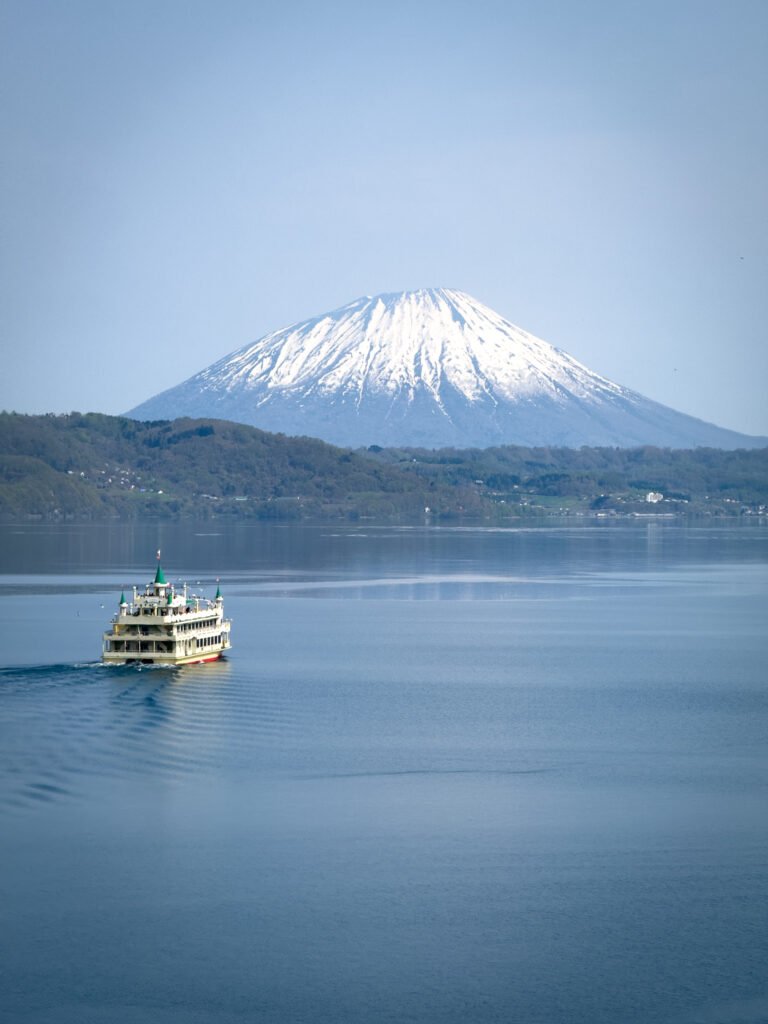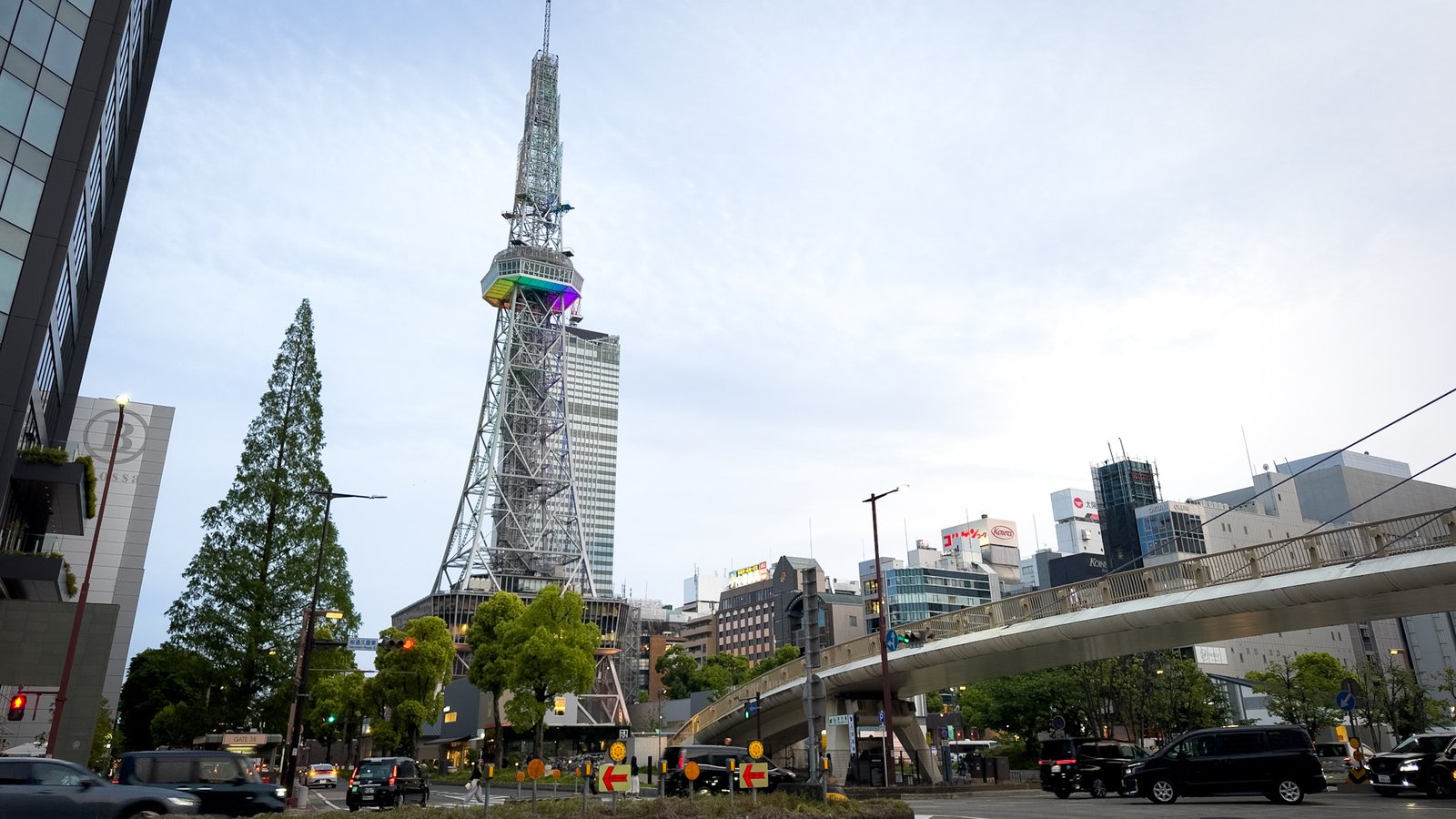The price increase of the Japan Rail Pass has left many travelers wondering: is it still worth it in 2025? We also had doubts when planning our fourth Japan itinerary, so we did the math to share everything with you.
In this guide, we compare JR Pass costs with individual tickets for two popular 2-week itineraries. You’ll find real prices, trip-planning tools, and budget alternatives like regional passes – all based on our personal experience and updated data.
What Changed About the JR Pass in 2025?
Since October 2023, JR Pass prices increased significantly. For 2025, the prices are:
| Pass Type | Ordinary Class | Green Car |
|---|---|---|
| 7 consecutive days | ¥50,000 | ¥70,000 |
| 14 consecutive days | ¥80,000 | ¥110,000 |
| 21 consecutive days | ¥100,000 | ¥140,000 |
Another change is the ability to use Nozomi and Mizuho trains – the fastest on the Tokaido-Sanyo line – for an additional fee (e.g., ¥4,960 for Tokyo-Kyoto).
Remember that the pass doesn’t cover private lines, subways, or local buses in most cities. For these, consider a Suica or Pasmo card.
How to Determine If the JR Pass Is Worth It
The calculation is simple: add up your main route costs and compare them to the pass price. Use tools like HyperDia, Japan Guide, Klook, or Google Maps to check schedules and fares.
Itinerary 1: Classic Japan (Tokyo → Kyoto → Osaka → Hiroshima → Miyajima → Nara → Tokyo)



| Route | One Way | Return | Total |
|---|---|---|---|
| Narita → Tokyo | ¥3,070 | ¥3,070 | ¥6,140 |
| Tokyo → Kyoto (Shinkansen) | ¥13,320 | ¥13,320 | ¥26,640 |
| Kyoto → Osaka | ¥1,210 | ¥1,210 | ¥2,420 |
| Osaka → Hiroshima | ¥10,500 | ¥10,500 | ¥21,000 |
| Hiroshima → Miyajima (JR ferry) | ¥1,200 | ¥1,200 | ¥2,400 |
| Hiroshima → Nara | ¥7,800 | ¥7,800 | ¥15,600 |
| Nara → Tokyo (Shinkansen) | ¥14,000 | — | ¥14,000 |
| Approximate total | ¥88,200 |
In this case, the 14-day pass (¥80,000) pays off, especially if adding extra short trips. The convenience of not buying individual tickets also factors in.
Itinerary 2: Essential Japan (Tokyo → Nikko → Hakone → Kyoto → Osaka → Himeji → Tokyo)



| Route | One Way | Return | Total |
|---|---|---|---|
| Narita → Tokyo | ¥3,070 | ¥3,070 | ¥6,140 |
| Tokyo → Nikko | ¥9,900 | — | ¥9,900 |
| Tokyo → Hakone | ¥4,000 | — | ¥4,000 |
| Tokyo → Kyoto (Shinkansen) | ¥13,320 | — | ¥13,320 |
| Kyoto → Osaka | ¥1,210 | — | ¥1,210 |
| Osaka → Himeji (round trip) | ¥4,000 | — | ¥4,000 |
| Osaka → Tokyo (Shinkansen) | ¥14,000 | — | ¥14,000 |
| Approximate total | ¥52,570 |
Here, individual tickets are clearly cheaper. The JR Pass only makes sense if visiting more cities or taking multiple day trips.
See our Japan itineraries here.
JR Pass Pros and Cons
| Pros | Cons |
|---|---|
| Unlimited JR network travel | High price after increase |
| Flexibility to change plans | Excludes metro/local transport |
| Skips ticket purchase lines | Extra fee for Nozomi/Mizuho |
| Discounts at some attractions | Not cost-effective for focused itineraries |
How to Buy the JR Pass
The JR Pass must be purchased in your home country before traveling to Japan. After purchase, you’ll receive an Exchange Order voucher to redeem for the actual pass at a JR station in Japan.
Activation occurs in Japan and must be done before your first train trip. You can choose the start date during activation – plan carefully to maximize validity.
We recommend buying through GetYourGuide, which offers Portuguese support and fast delivery. The process is simple and reliable.
JR Pass Alternatives



- Regional passes like Kansai Wide Pass or Hokuriku Arch Pass
- Individual tickets for focused 1-2 region itineraries
- Overnight buses for long routes while saving on accommodation
How to Buy Individual Tickets in Japan
If skipping the JR Pass, individual tickets work well for shorter trips or single-region travel.
During our last Japan trip, the easiest method was booking Shinkansen tickets via Klook. Choose routes, train types, and seats online in Portuguese.
Just present the QR code at station machines or JR counters to collect tickets. Avoids lines and saves planning time.
Practical Tips
- For region-focused trips (Kansai/Kanto), choose regional passes
- Activate JR Pass only on your first long travel day
- Individual tickets usually cost less for itineraries under 4 distant cities
The JR Pass remains useful for cross-country travel in few days. But for slower trips focused on 1-2 regions, individual tickets and regional passes save money – and maybe headaches.
FAQs: JR Pass Common Questions
Is the JR Pass worth it in 2025?
Yes if making multiple long trips in few days (e.g. Tokyo-Kyoto-Osaka-Hiroshima). For focused itineraries, individual tickets or regional passes are better.
Can I use JR Pass on subways?
No. JR Pass only works on JR lines. For subways, local buses or private trains, use a Suica/Pasmo card.
Do children pay full price?
No. Children aged 6-11 pay half price. Under 6 travel free but without reserved seating.
What’s the Green Car?
First class on Shinkansen/Limited Express trains with more legroom, wider seats and fewer passengers. Ideal for comfort.
Can I use JR Pass on Nozomi/Mizuho?
Yes since 2024, but with added fees (e.g. ¥4,960 Tokyo-Kyoto).
When should I activate my JR Pass?
On your first major travel day to maximize validity period.




